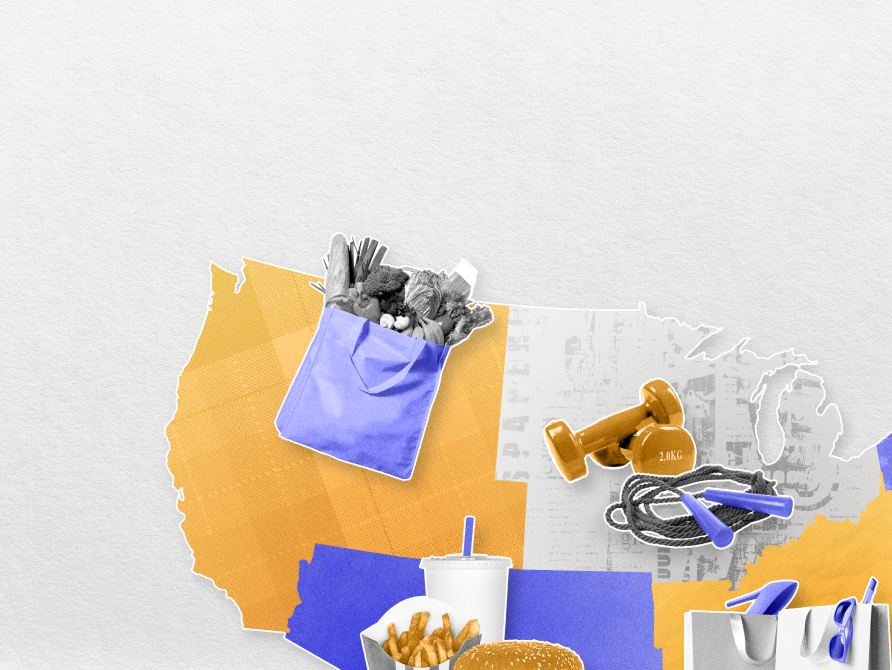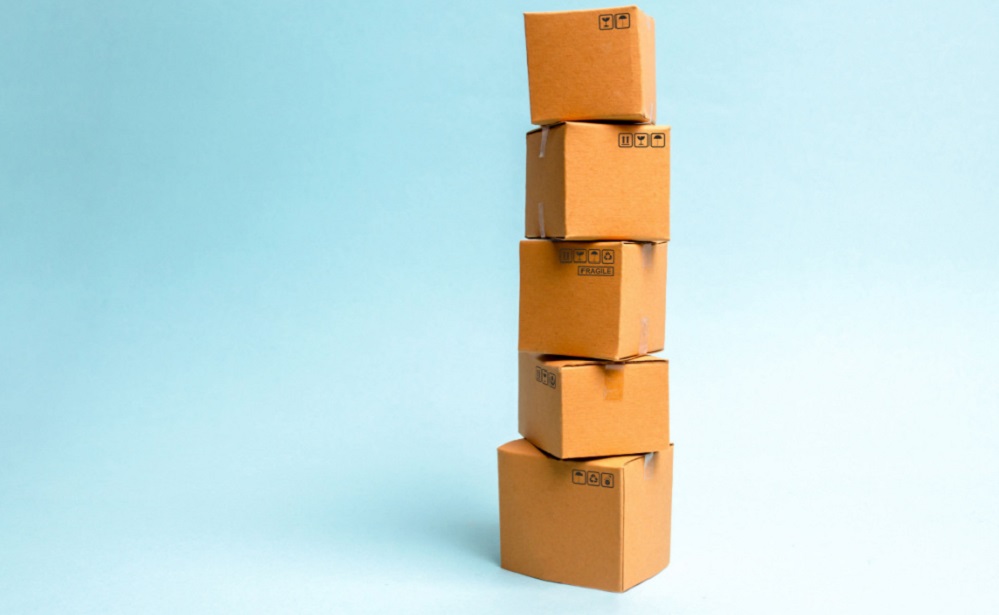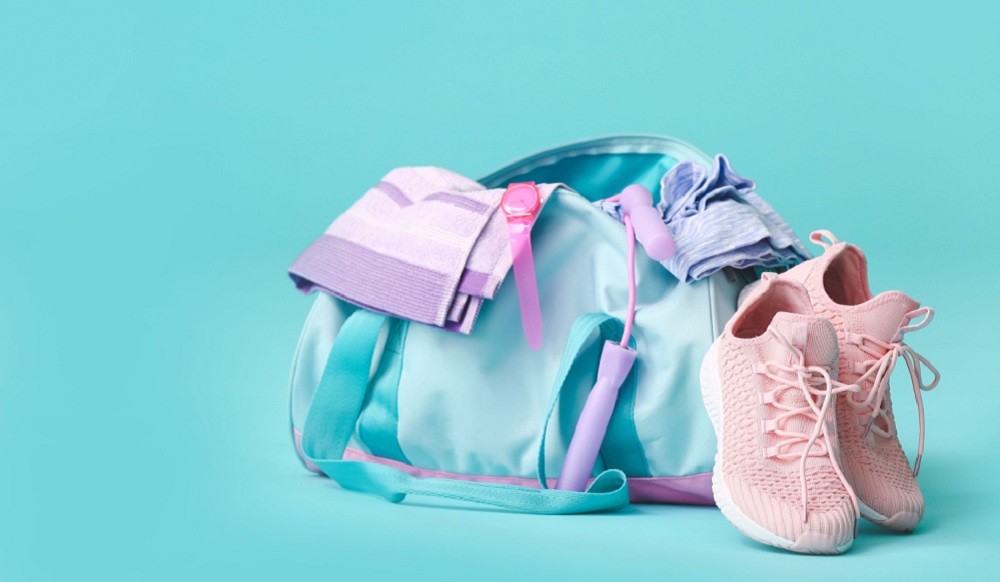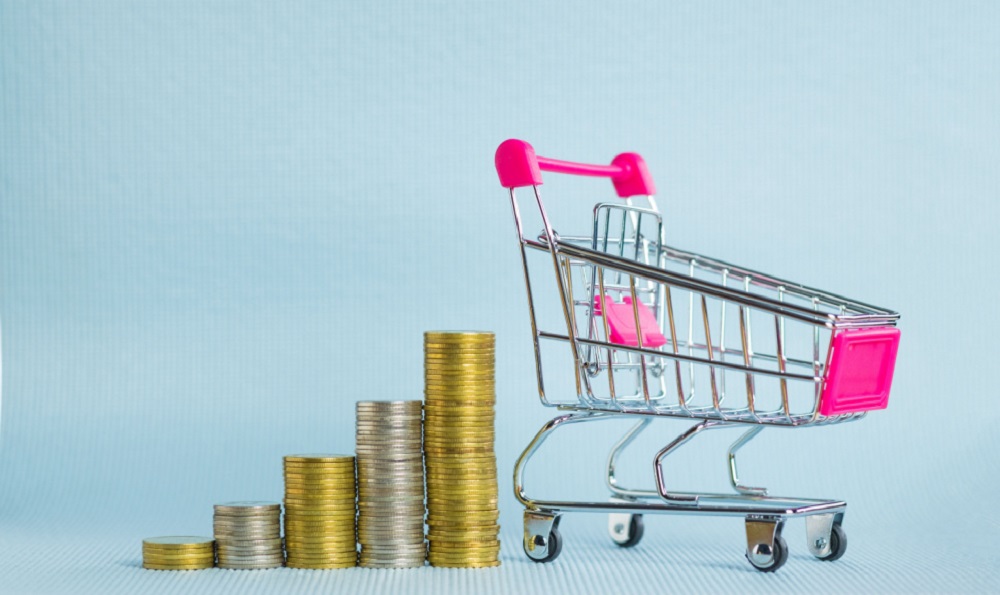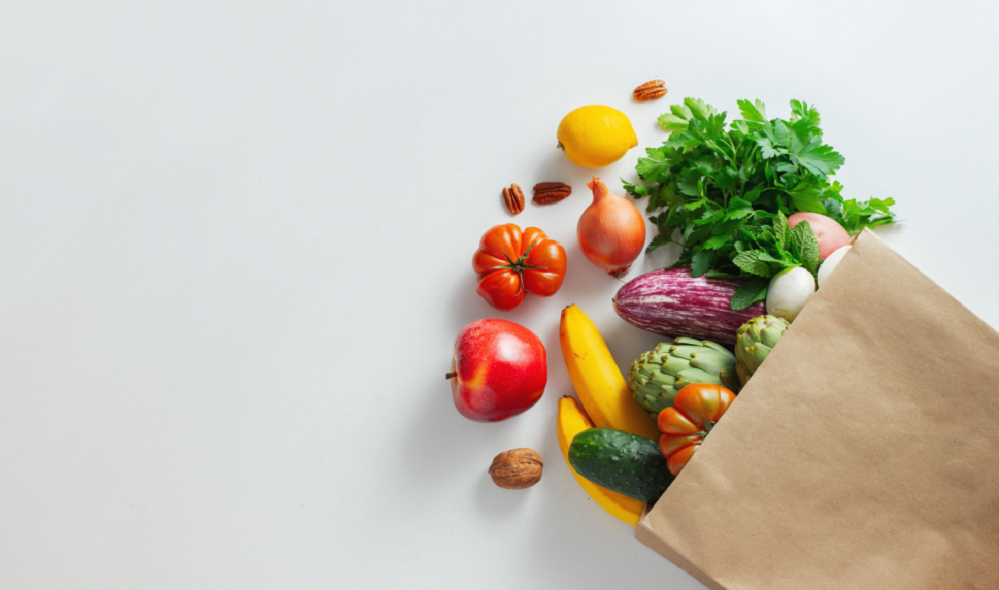We last checked in on the department store space through the lens of luxury leader Nordstrom. In this department store deep dive we took an in-depth look at Belk – a mid-tier chain based in North Carolina – which recently launched its first two Belk Outlet stores. Following the lead of other department stores, the new format signals Belk’s foray into the growing off-price market.
Our latest white paper – 10 Regional Powerhouses to Watch: Top Brands Dominating Local Markets – examines companies across five different retail and retail service categories that are highly successful in their region. Some have expanded – or are planning to expand – into new markets, while others are choosing to focus solely on their current region. But although the different businesses have different approaches to expansion, all these companies have established a strong foothold in their respective markets and are well-positioned for future growth.
The past few years have thrown plenty of curveballs at brick-and-mortar retail – and in 2020, headlines announcing store closings and proclaiming an imminent “retail apocalypse” seemed to be everywhere. But while shuttering locations can signal retail decline, rightsizing – taking proactive steps to match a company’s store configuration to actual market conditions – can also be a chain’s first step in regrouping to overcome unexpected hurdles. Retailers that prove themselves capable of reacting nimbly to a changing environment will ultimately be better positioned to thrive over the long haul.
Darden Restaurants is one of the world’s largest restaurant groups. The company owns nearly 2,000 restaurants, from its higher-end concepts such as Eddie V’s and The Capital Grille to its more casual dining options, which include Olive Garden and LongHorn Steakhouse. With restaurants across the country continuing to feel the inflationary pressures, how is the brand faring? We take a closer look.
In recent years, demand for self-storage facilities has grown relative to the pre-pandemic era. For many consumers at the onset of the pandemic, the prospect of spending more time at home induced a decluttering spree that necessitated extra storage. At the same time, many Americans relocated and businesses re-evaluated their office needs – transitions that often required storage space.
The retail landscape continues to shift, and companies are adapting to meet changing consumer demands and preferences. To better understand current trends, we analyzed location intelligence metrics for two brands successfully navigating tricky economic waters: Nike and lululemon. With interest in fitness and sporting goods still strong, both companies are focusing on new growth opportunities and continuing to expand their brick-and-mortar presence despite the ongoing headwinds.
2022 saw continued foot traffic growth in the grocery category nationwide. And as rising food prices continue to weigh on the consumer, the grocery space remains top of mind for retailers and analysts with their finger on the pulse. Grocery is a regionally-focused retail category, meaning that leading brands tend to dominate specific geographic areas of the country. In this blog, we’ll dive into the leading grocery chains in the Midwest to take a closer look at the ways brands are driving foot traffic to their stores.
Pop-up shops are nothing new on the retail scene, with Japanese fashion house Comme de Garcons debuting the "guerrilla shop" back in 2004. Since then, more and more retailers have jumped on the pop-up train, seeing the format as a fast, affordable, and engaging way to promote their products. We take a closer look at a few different pop-up retail experiences to understand how brands can leverage this format to expand their reach and tap into new markets.
Our latest white paper examines the ways in which business and travel have changed over the past few years. As the pandemic took hold and work-from-home mandates became widespread, business travel came to a halt and office blocks emptied out. After many stops and starts, COVID-19 surges, and inflationary pressures, how has traveler behavior shifted? This white paper digs into the foot traffic data to understand how business travel has changed following the events of the past few years. Read on for a taste of our findings.
The future, it would seem, belongs to hybrid work. While many employers are eager to bring more people back to the office, few have set their sights on a five-day in-office work week. And though working from home has its perks, in-person meetings and social interactions with colleagues can be important for morale. The devil, however, is in the details – and as workers and bosses continue to wage the “remote work wars,” it remains to be seen just how the hybrid work week will continue to evolve moving forward.
February 2022 was one of the last “typical” retail months, sandwiched between the Omicron surge of December 2021/January 2022 and the high gas prices and rising inflation that characterized most of last year. A year later, we dove into the February 2023 foot traffic data to understand how the major retail categories performed relative to this recent benchmark of normalcy.
The past few years have seen Ulta Beauty exceeding all expectations, even as economic headwinds impacted many retail categories. The company has shown an ability to withstand the dual pressures of a pandemic and inflationary concerns, highlighting the broad appeal of beauty and self-care. With the first few weeks of 2023 behind us, we take a closer look at 2022's performance and see how the brand is faring into 2023.
Impressively, especially considering the wider economic context, mall visits have been consistently tracking closely to year-over-year (YoY) levels for months. Yet, our January mall update showed YoY growth for the first time since July of 2022 – a potentially very strong sign to kick off the year. However, the comparison to an Omicron affected January in 2022 set up a far easier comparison than other months, putting an added importance on February performance to gauge the true state of the mall recovery.
The sportswear and sporting goods market experienced a boost during the early stages of the pandemic as fitness moved offline and people stocked up on home equipment. And though offline fitness has rebounded following its COVID-induced slump, the sports retail segment continues to grow. With 2023 already underway, we look at the changes in visits to two of the biggest names in the segment – DICK's Sporting Goods and Hibbett Sports – to see how these brands performed in 2022 and what we should expect from the category this year.
The car wash category has seen significant visit growth in recent years, outperforming the pre-pandemic era. Visits accelerated in 2021 as consumers pulled out of COVID restrictions with stimulus dollars in hand, eager to head out on the highways. And in 2022, back-to-the-office trends and pent-up demand for going out caused car wash traffic to reach new heights. We dove into the visit metrics in the car wash category to take a closer look at the trends driving strong foot traffic and assess where the space is headed in 2023.
Last week, the retail world woke up to the news that Tuesday Morning – the discount home goods brand – had filed for bankruptcy for the second time in the company’s history. Tuesday Morning’s first bankruptcy filing in 2020 – a result of the challenges of operating during a pandemic – led to the permanent closure of roughly a third of the brand’s locations.
The dining industry has been slow to fully recover from the impacts of the pandemic, and the ongoing inflation and tighter consumer budgets are making a 2023 comeback seem increasingly unlikely. Notably, even Valentine's Day – often marked by elevated restaurant visits – may not be enough to revitalize the industry. Still, some brands are managing to meet, and exceed, their 2019 visit levels. We dive into the state of the sector to better understand what is driving these trends.
Discount and dollar stores thrived during the pandemic, with the category gaining popularity with a wider shopper base. As inflation concerns persist, discount and dollar stores are positioned to capture an even larger share of the market. Four players that dominate the discount and dollar store space – Dollar Tree, Family Dollar (owned by parent company Dollar Tree), Dollar General, and Five Below – were among the biggest foot traffic winners throughout the pandemic and 2022.
Aldi, the popular European grocery chain that first came to the United States in 1976, has quietly grown to be one of the largest grocery banners in the country, with close to 2,300 stores across 38 states. By consistently providing quality groceries at rock-bottom prices, Aldi has become a go-to destination for cash-strapped consumers eager to cut grocery costs. Despite an overall dip in inflation, rising food prices continue to inflict significant pain on American consumers. As food prices jumped 11.3% in January compared to 2022, we checked in to see how value grocers like Aldi are faring in the new year.
When the first COVID-related restrictions were announced in March of 2020, many thought the damage to brick-and-mortar retail would be permanent and widespread. But the pandemic also gave many segments a significant boost – and almost three years after the first social distancing measures, several of these categories are still enjoying elevated visit shares. We dove into the data to see which sectors are still benefiting from their pandemic gains and what may lie ahead for these categories in 2023.
1.








